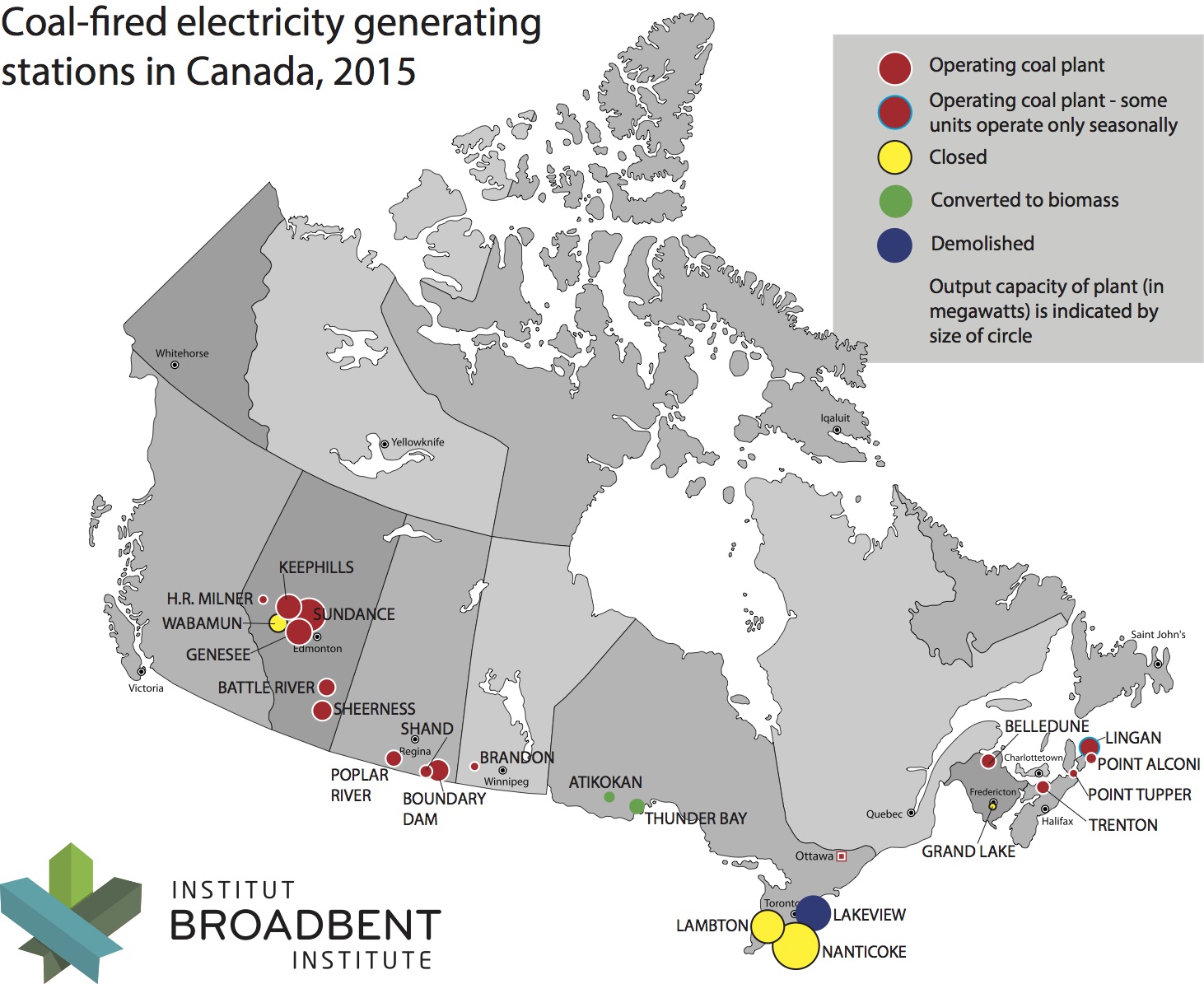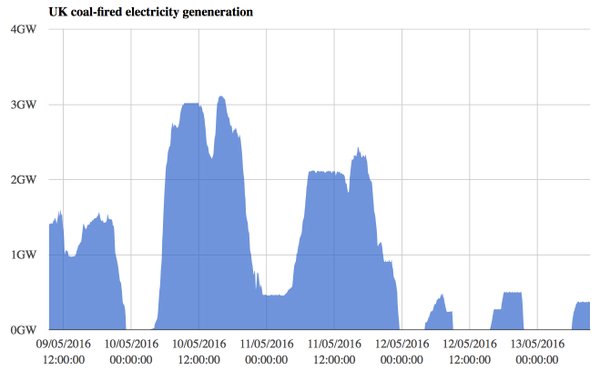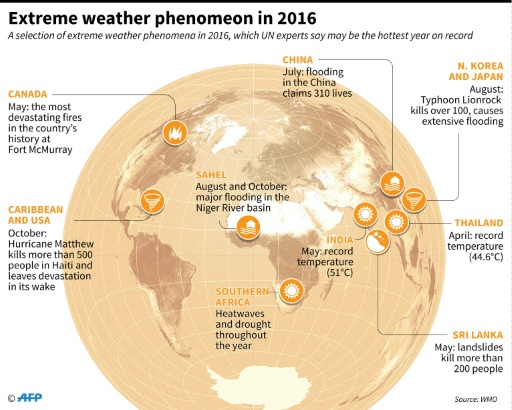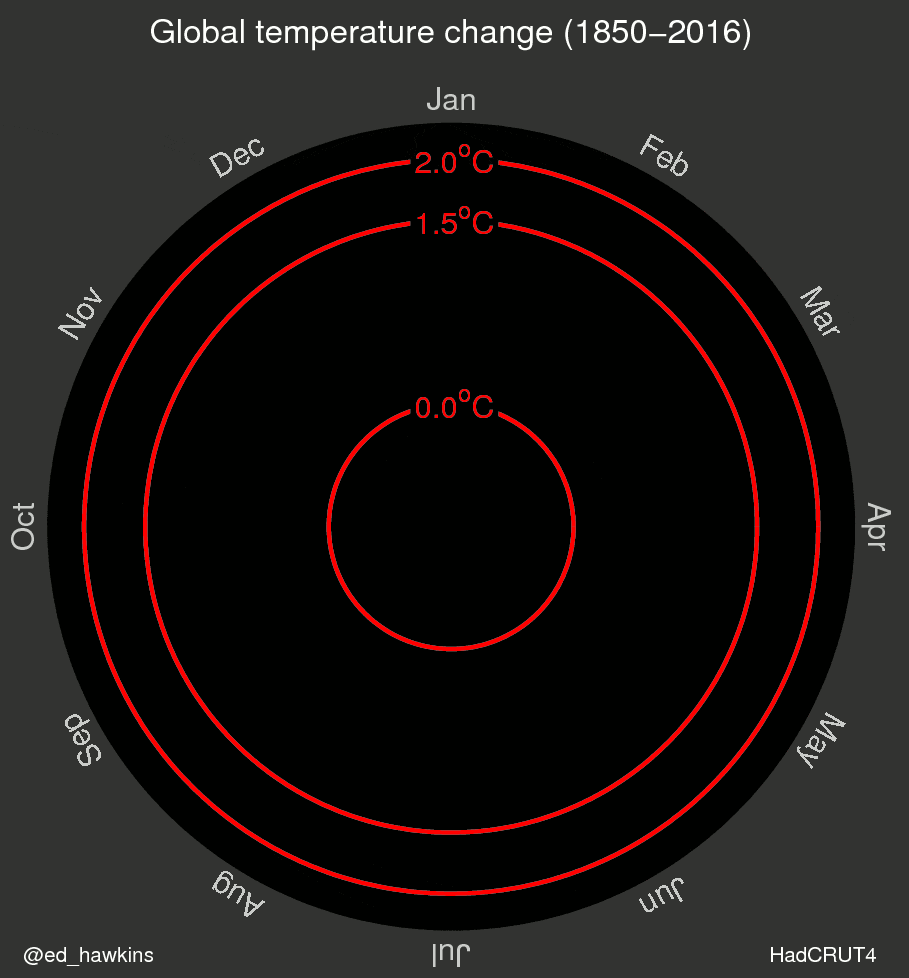France, Finland, UK and Canada will completely abandon the burning of coal

Coal power station in Hanasaari, Finland
In 2023, France may become the first country in the world to completely abandon coal as a fuel for the power industry. Following it, similar plans were announced by Finland, Canada and some other countries. Harmful minerals should be gradually replaced by clean alternative energy sources.
Such progressive plans are in stark contrast to the policies that the newly elected US President Donald Trump plans to pursue, which does not recognize global climate change in principle.
This week, Canada announced plans to implement a ban on burning coal by 2030. Environment Minister Catherine McKenna said the country’s goal is to increase the share of renewable energy from the current 80% to 90%.
')
From Canada to hear such statements more than strange, because this country is the fifth largest in the world in the production of energy resources (6% of world production). It is the world's largest producer of uranium, one of the leaders in the production of oil, natural gas and coal. For example, in the province of Alberta, coal can be dug out at 48% of the entire territory of the province — coal can be dug in almost every yard for kindling. But even Albert promises to abandon coal-fired power plants until 2030 (note that no one talks about stopping the production and export of coal).
Despite the huge volumes of coal mining, Canada aims to move to clean energy. Coal will be discarded completely to reduce greenhouse gas emissions. This is just one of the planned measures under the government’s large climate program. Close to or transfer to another fuel will be about 22 coal-fired power plants in Canada .

Map of operating and closed coal-fired power plants in Canada for 2015. Source: The Broadbent Institute
The Canadian National Plan, however, leaves a loophole for local authorities. The provinces have the right not to shut down coal stations completely if they find a way to reduce greenhouse gas emissions in another way. For example, by incorporating CO 2 binding technology into solid minerals .

CO 2 bound results from a recent experiment at the Pacific Northwest National Laboratory of the US Department of Energy
“Failure to generate electricity by burning coal and replacing it with cleaner technologies will significantly reduce greenhouse gas emissions, improve the health of Canadians and serve generations for many years to come,” said Catherine McKenna.

Map of nitrogen dioxide emissions. Source: Environment Canada
No less ambitious plans are being made by Finland. Complete abandonment of coal by 2030 is part of a new energy and climate strategy that the government of Finland intends to present . This cannot be called a sharp turn, because the country has previously actively invested in the development of alternative energy, and the share of coal in the generation of electricity has steadily decreased since 2011. However, the energy strategy presented by the government must also be approved by the Finnish Parliament in March 2017.
In addition to Finland and Canada, France, the United Kingdom, the Netherlands, Austria, Denmark and other countries presented preliminary plans for the phasing out of burning coal. All of them are going to abandon coal for 10−15 years. In Great Britain, already on certain days, power generation from coal-fired power plants drops to zero — this happened for the first time since 1882.

The share of coal in power generation in the UK from 9 to 13 May 2016. Source: BM Reports
Bright future?
Definitely, the world is changing before our eyes. Previously, developed countries didn’t give a damn about the unrest in any African country - now they are trying to intervene and restore order. Previously, states thought only about economic benefits and used the most economically viable fuel type - now ecology, calculations on carbon dioxide emissions and climate modeling with the greenhouse effect are coming to the fore. People understand that it is better to make some sacrifices, to abandon excess consumption now, but to save the planet from environmental disaster.

Extreme natural phenomena in 2016, the hottest in the entire history of observations
Only the newly elected US President Donald Trump, who directly said that he does not believe in global warming, is saddening this whole joyful picture. The future American president is looking for ways to get out of the Paris Agreement on climate - the only real hope of mankind for reducing carbon dioxide emissions and limiting the pace of warming up the planet.

Growth in global average temperature compared to pre-industrial levels. Illustration: Climate Lab Book. Data source: HadCRUT4.4
American scientists are now extremely concerned about the prospects for activity under the conditions of the new “anti-scientific” state policy. States are facing not only a withdrawal from the Paris climate agreements, but also a reduction in government spending on science: “Trump will be the first anti-scientific president in our entire history,” fears Michael Lubell, director of public relations at the American Physical Society. “The consequences can be very, very serious.”
It remains to hope that American science and society will be able to survive with this period minimal losses.
Source: https://habr.com/ru/post/369919/
All Articles